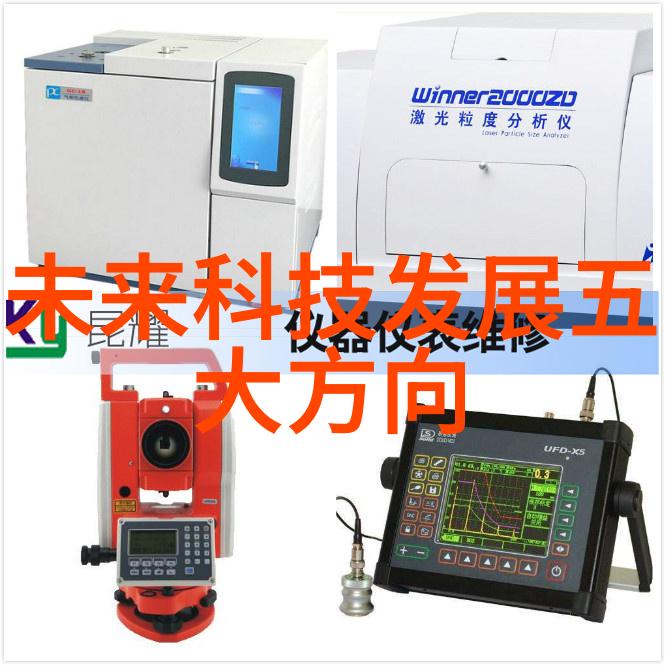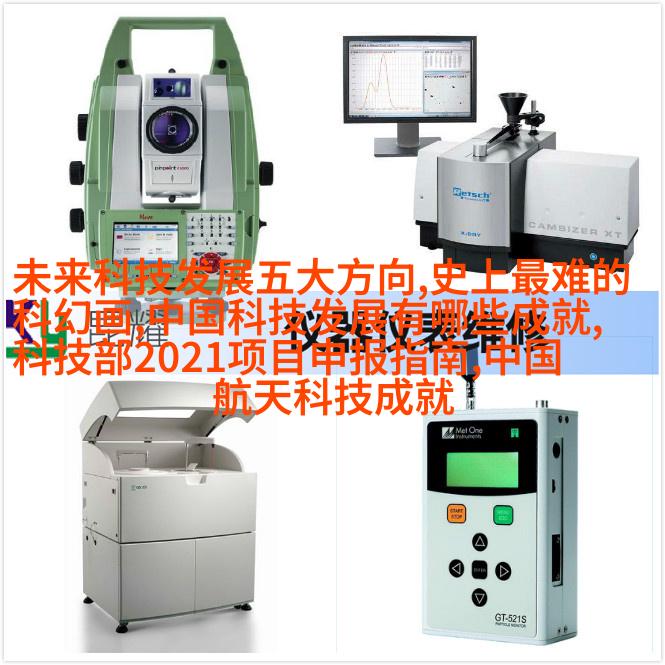自主可控关键技术的提升路径中国芯片行业发展2023
在全球化的大背景下,科技领域尤其是半导体产业正经历着一场巨大的变革。随着国际形势的变化和国内外市场需求的增长,中国芯片行业正处于一个快速发展阶段。在这个过程中,“自主可控”这一概念成为了推动产业升级的一大驱动力。因此,本文将探讨2023年中国芯片行业发展中的“自主可控”关键技术提升路径,以及这种趋势对2023芯片市场现状与趋势产生的影响。

中国芯片行业当前状况
首先,我们需要了解当前中国芯片行业的情况。这一领域在过去几年里已经取得了显著进步,从依赖于进口到逐渐实现自给自足,中国正在逐步构建起自己的半导体生态系统。但由于全球供应链紧张、美国对华出口限制以及国内政策调整等因素,这个过程并非平滑。在这样的背景下,如何加快国产高端集成电路研发和生产能力,是目前面临的一个重要问题。

什么是“自主可控”
所谓“自主可控”,主要指的是国家或企业能够掌握核心技术,并且不受他国制约,有能力独立进行产品设计、制造和创新。这对于国家安全至关重要,因为它可以减少对外部供应商的依赖,同时也能提高产品质量和竞争力。此外,在全球经济环境复杂多变的情况下,“自主可控”的理念也意味着要减少对单点风险的依赖。

“自主可控”关键技术
为了实现上述目标,中国政府及相关企业已经开始专注于一些关键技术方面,如:

工艺技术:包括深度紫外光(DUV)到极紫外(XEV)工艺节点转换,以及更先进如量子计算等。

材料科学:新型半导体材料、新型晶圆制造等。
设计自动化:提高集成电路设计效率和质量。
测试验证:完善测试流程,以确保产品性能稳定性。
这些领域都关系到未来高端集成电路的研发与生产,而它们也是实现“自主可控”的基石。
2023年的挑战与机遇
进入2023年,由于前述原因,全世界乃至各个地区都面临着严峻挑战。然而,这些挑战同样带来了机遇。例如,对美国制裁措施可能导致更多公司寻求替代方案;而国内政策支持则可能促使更多资金投入到研发中去。而对于消费者来说,也许会看到价格有所波动,但同时也有望享受到更加本土化、高效率、高性能的产品。
未来展望
总结起来,“self-sufficiency and self-control” in the chip industry has become a new trend in China, which is driven by both domestic and international factors. As the global semiconductor market continues to evolve, it's important for countries like China to keep pace with technological advancements while ensuring their national security interests.
In conclusion, as we look forward to 2023, there are significant challenges ahead for the Chinese chip industry. However, these challenges also bring opportunities for growth and innovation. By focusing on key technologies such as advanced manufacturing processes, materials science research, design automation tools development and test validation methods improvement etc., China can continue its journey towards becoming a major player in the global semiconductor market.
This article provides insights into how "self-sufficiency and self-control" has become an essential element of China's chip industry strategy as well as its implications on the broader global context of technology trends. It aims to encourage readers to think critically about how this concept might shape future developments in this field.
By examining current trends within the Chinese chip industry coupled with an understanding of what drives them (both domestically and internationally), it becomes clear that "self-sufficiency and self-control" will remain a central theme shaping not only local but also regional policies around high-tech industries worldwide during this period known as post-pandemic recovery era where nations seek greater resilience through more localized production capabilities especially those involving critical components such as semiconductors used across various sectors including automotive electronics healthcare medical devices telecommunications infrastructure among others .



